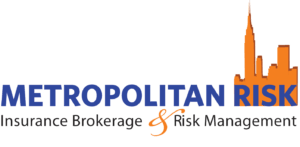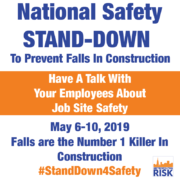Safety meetings are common in the workplace, and will be almost necessary once normal work resumes post covid-19. The problem that arises from safety meetings is that sometimes they are inefficient. They are too long, planned at the wrong times, and/or not executed correctly. There are 4 simple steps to correctly have a safety meeting in a normal work setting.
Step 1: Prepare and Plan
This is the first part when setting up a safety meeting. Know who will be attending, who will be leading the safety meeting, location, etc. Making sure everyone that needs to be at the meeting is informed and reminded in proper time. Have a general outline of the main goal/statement you want your employees to hear. From there, you can create the safety meeting around that information.
The worst thing for a safety meeting is to show unpreparedness with nothing but as a topic for your safety meeting and ramble. No one is given helpful information. Employees feel you have wasted their time and morale lowers. Make sure you plan ahead.
Step 2: Timing your Safety Meetings
How long your meeting will last and what time and day the meeting occurs is crucial. Picking a time when employees are most attentive is best. That happens to be at the start of the work day/shift.
The day is also important. Mondays seems to be when employees are most tired and least focused. Friday seems to be when workers are out the most and their mind is not fully focused on work.
Routine is the last part that is important to plan. Planning for a safety meeting one Tuesday is perfectly fine. We do not suggest you plan your next meeting next Thursday. Have a routine time and day. Once a month, every other week, or something along those lines is perfect.
Wait until 4 and the only thing on your workers’ mind is what bar has a happy hour. Try the first Wednesday of every month at 9:30.
Step 3: Delivery in your Safety Meetings
Let’s face it, your employees are most likely doing something more important. They want to get back to work to meet deadlines. The safety meeting should be a routine quick “check-up” on guidelines. For us, quick may be 15-20 minutes, 30 at the max.
Don’t just read off a piece of paper. Have some slides or graphics ready! People are more attentive when they can visually see the information. That can include images, facts, or important statements.
Allow for employees to ask 5 minutes worth of questions. How do you know what you said made complete sense to them? If they have questions, make sure to give them the floor.
Step 4: Following Up After the Safety Meeting
Try and get some interaction with your audience either at the end of some of your meetings or through a reply email. Your employees are the ones who witnessed the safety meeting. They have the best opinions on whether or not it was executed well. Try asking a question on how to improve.
Also follow-up to make sure they understood the message. Possibly leaving an email with a “quiz question” attached to answer in a sentence. These are a few ways to engage with your audience.
Still have a question? Consult a risk advisor today at 914-357-8444 or visit us here at our website








